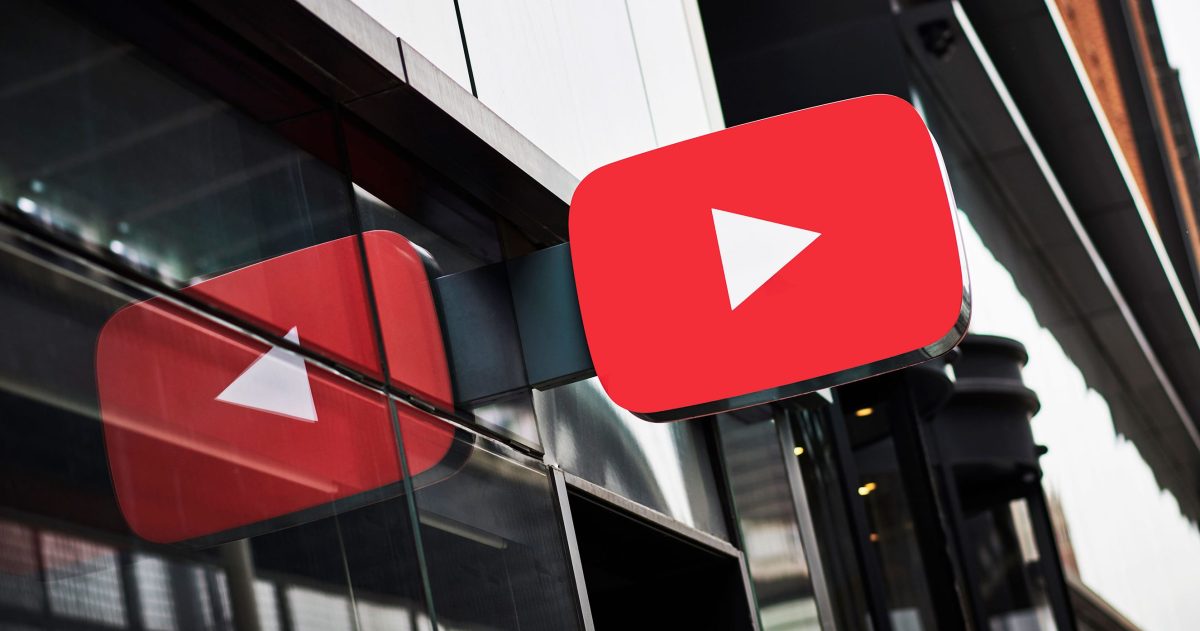YouTube revealed on Tuesday that its likeness detection technology has officially rolled out to eligible creators in the YouTube Partner Program, following a pilot phase. The technology allows creators to request the removal of AI-generated content that uses their likeness.
This is the first wave of the rollout, a YouTube spokesperson informed TechCrunch, adding that eligible creators received emails this morning.
YouTube’s detection technology identifies and manages AI-generated content featuring the likeness of creators, such as their face and voice.
The technology is designed to prevent people from having their likeness misused, whether for endorsing products and services they have not agreed to support or for spreading misinformation. There have been plenty of examples of AI likeness misuse in recent years, such as the company Elecrow using an AI clone of YouTuber Jeff Geerling’s voice to promote its products.

On its Creator Insider channel, the company provided instructions on how creators can use the technology. To begin the onboarding process, creators need to go to the “Likeness” tab, consent to data processing, and use their smartphone to scan a QR code displayed on the screen, which will direct them to a web page for identity verification. This process requires a photo ID and a brief selfie video.
Once YouTube grants access to use the tool, creators can view all detected videos and submit a removal request according to YouTube’s privacy guidelines, or they can make a copyright request. There is also an option to archive the video.

Creators can opt out of using the technology at any time, and YouTube will stop scanning for videos 24 hours after they do so.
Techcrunch event
San Francisco | October 27-29, 2025
Likeness detection technology has been in pilot mode since earlier this year. YouTube first announced last year that it had partnered with Creative Artists Agency (CAA) to help celebrities, athletes, and creators identify content on the platform that uses their AI-generated likeness.
In April, YouTube expressed its backing for the legislation referred to as the NO FAKES ACT, which seeks to address the issue of AI-generated replicas that imitate a person’s image or voice to deceive others and generate harmful content.
Lauren covers media, streaming, apps and platforms at TechCrunch.
You can contact or verify outreach from Lauren by emailing laurenf.techcrunch@gmail.com or via encrypted message at laurenforris22.25 on Signal.

